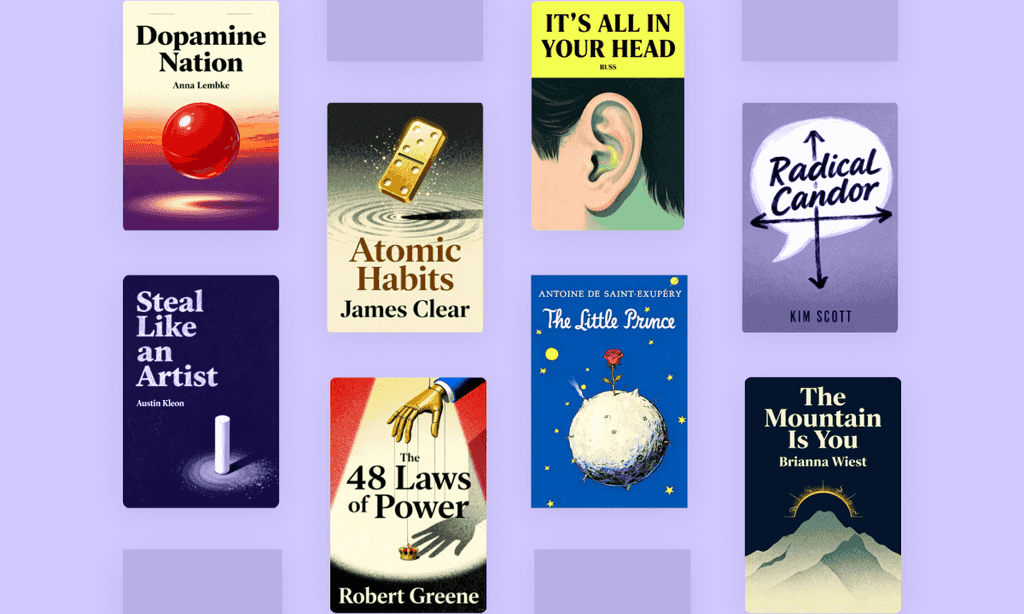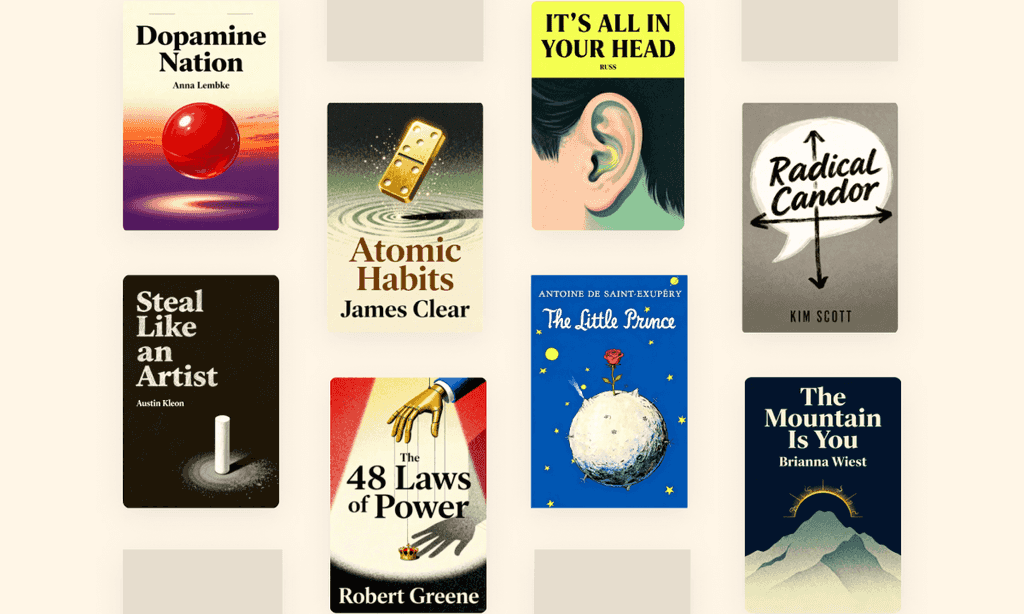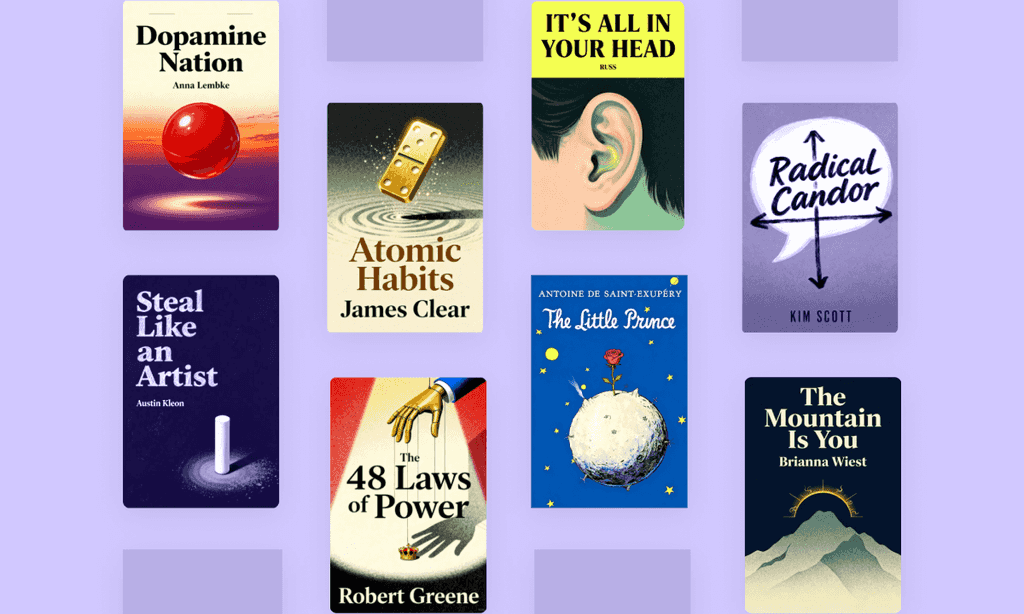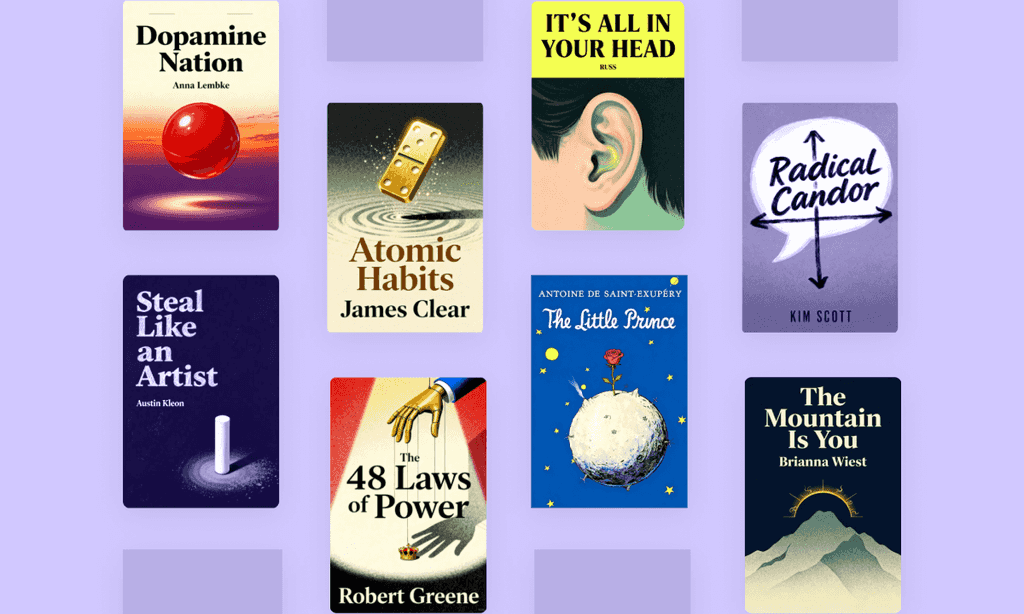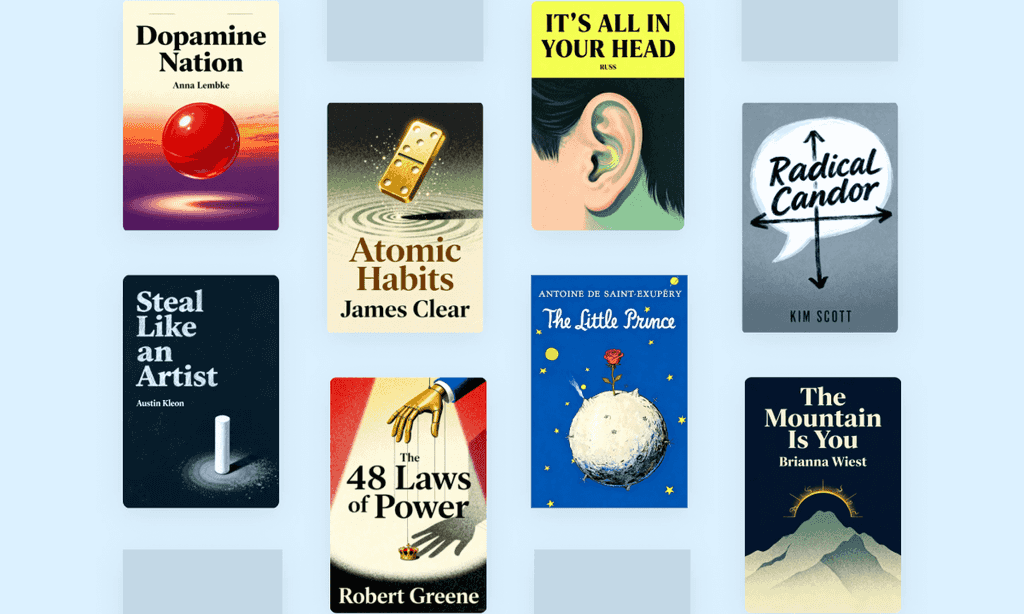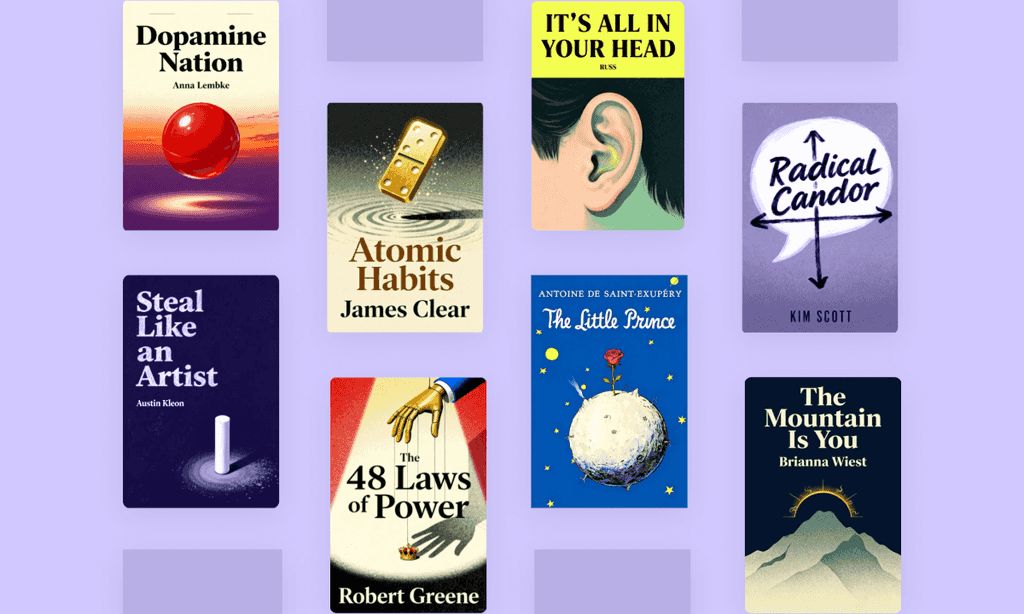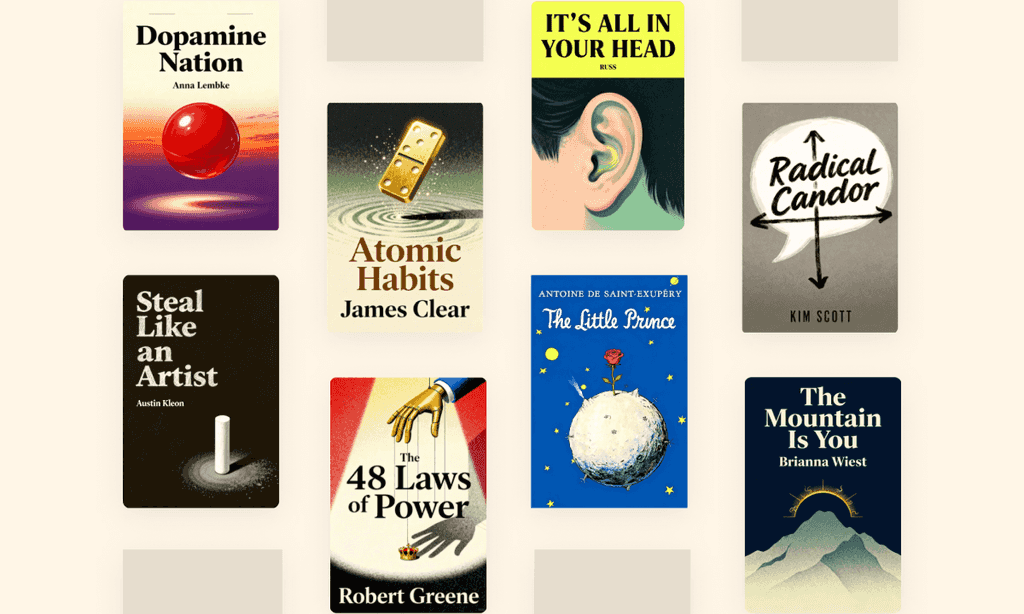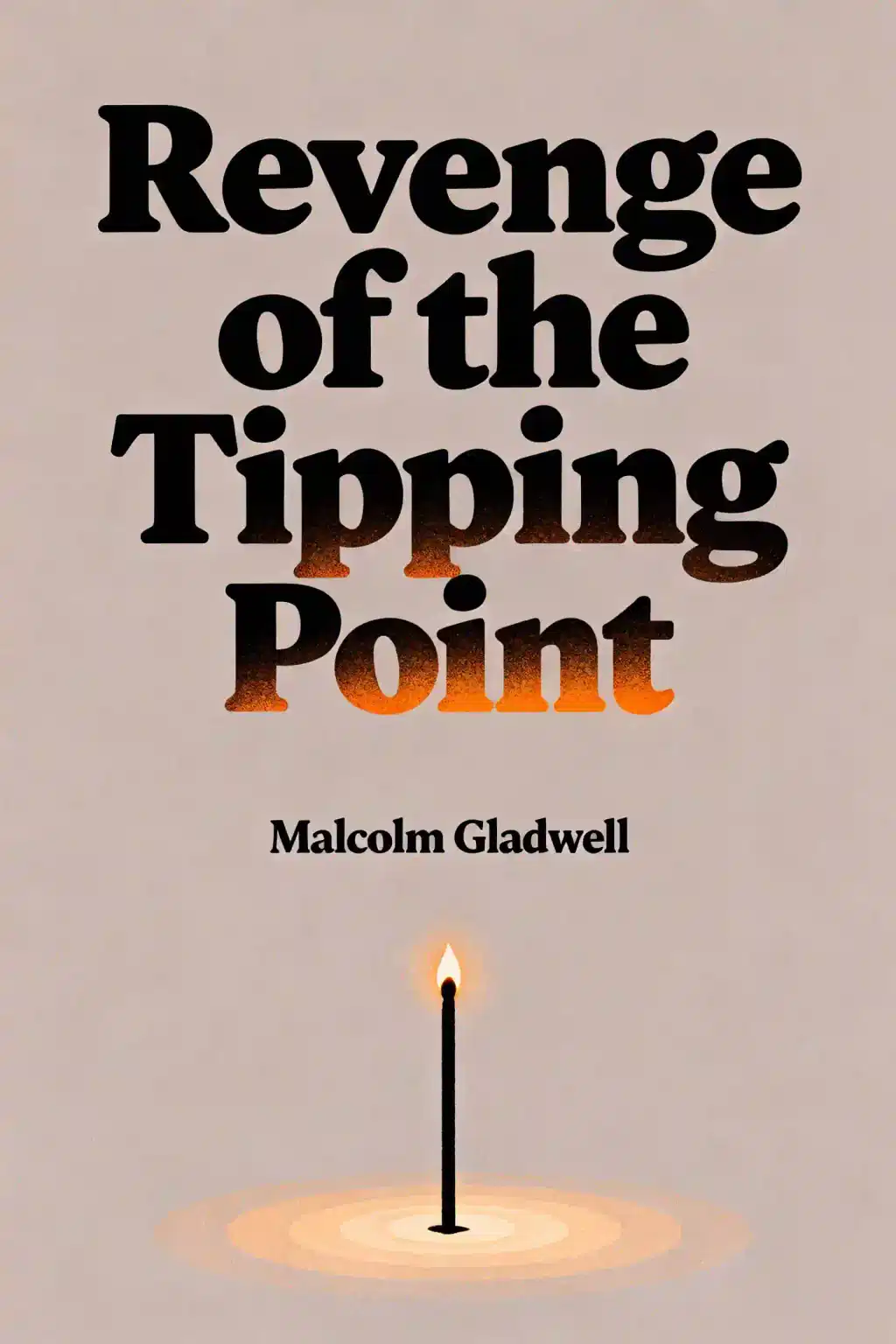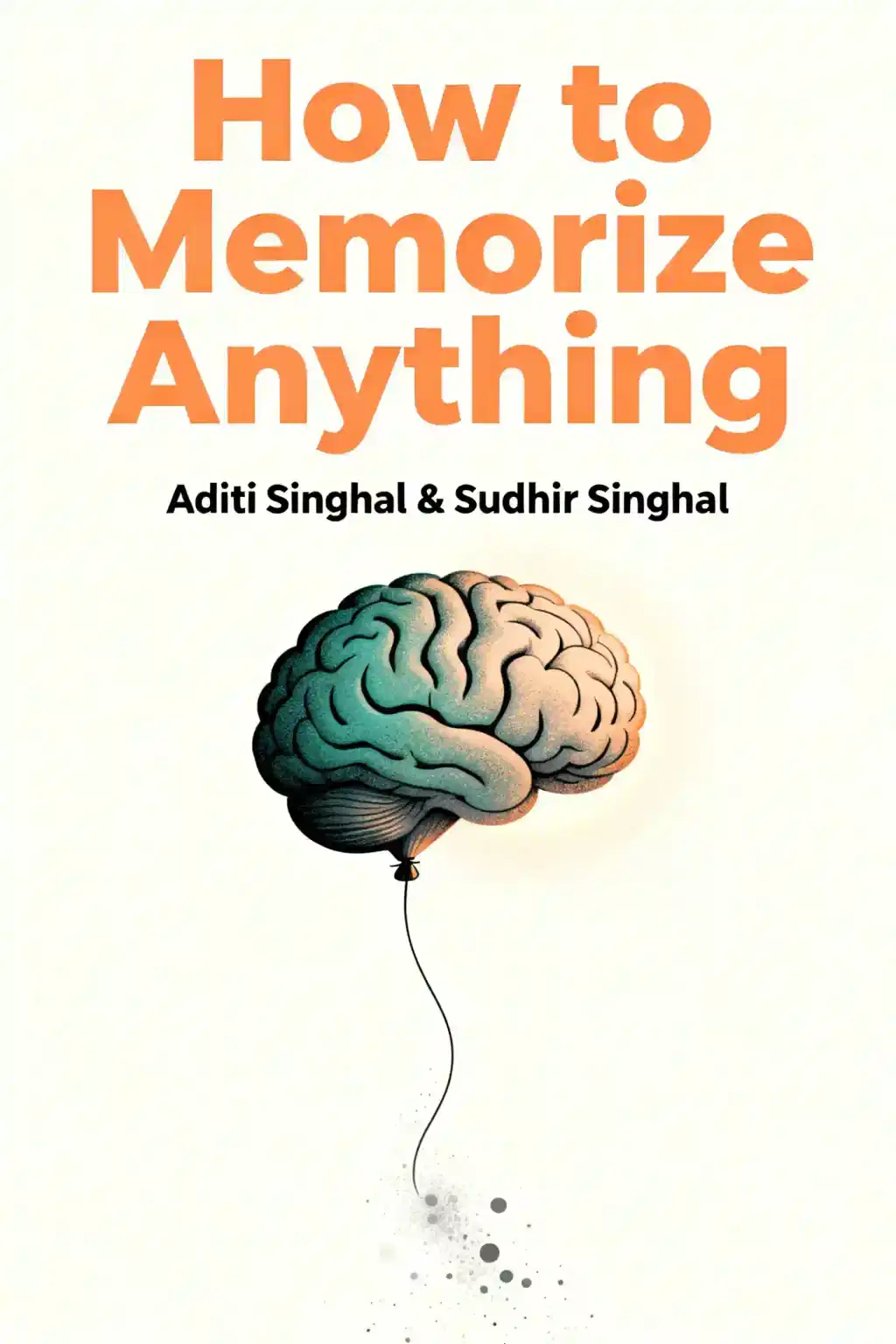
Six Easy Pieces by Richard P. Feynman Summary
Feynman's six most accessible physics lectures, extracted from his legendary Caltech series. If scientists could pass just one book to future generations, it would be this one. No jargon - just pure intellectual excitement from "the most original mind of his generation."
About the author
Richard Phillips Feynman (1918–1988) was the Nobel Prize-winning theoretical physicist behind Six Easy Pieces, a collection of accessible lectures that introduces fundamental physics concepts to general readers. Known as one of history's greatest science communicators, Feynman possessed a rare gift for explaining complex ideas in quantum mechanics, electromagnetism, and particle physics with clarity and wit.
Feynman earned his Nobel Prize in Physics in 1965 for groundbreaking work in quantum electrodynamics and invented the now-ubiquitous Feynman diagrams used by physicists worldwide. He spent decades as a professor at the California Institute of Technology, where his legendary undergraduate lectures formed the basis for The Feynman Lectures on Physics.
Beyond academia, he contributed to the Manhattan Project during World War II and gained public recognition investigating the Space Shuttle Challenger disaster in 1986. His autobiographical works, including Surely You're Joking, Mr. Feynman! and What Do You Care What Other People Think?, showcase his philosophical curiosity and unconventional approach to life and science. A 1999 poll of leading physicists ranked him the seventh-greatest physicist of all time, cementing his legacy as both a brilliant theorist and masterful teacher.
FAQs About This Book
Six Easy Pieces by Richard P. Feynman is an introduction to fundamental physics concepts extracted from his legendary Caltech lectures delivered between 1961 and 1963. The book covers six essential topics: atoms and atomic theory, basic physics principles, the relationship of physics to other sciences, energy and conservation laws, gravitation, and quantum mechanics. Feynman explains these complex concepts with minimal jargon, using accessible examples and his characteristic wit to make physics understandable for general readers.
Richard P. Feynman was a Nobel laureate physicist and one of the greatest minds of the twentieth century, renowned for his revolutionary teaching methods. His "outrageous and scintillating" teaching style earned him legendary status among students and professors at the California Institute of Technology, where his lectures from 1961 to 1963 transformed physics education worldwide. Feynman became celebrated not just for his scientific contributions but for his extraordinary ability to explain complex physics through fresh, dynamic perspectives that made him an "extraordinary teacher of teachers".
Six Easy Pieces by Richard P. Feynman is ideal for readers seeking to understand fundamental physics from a Nobel laureate's perspective, though the title is somewhat misleading about its difficulty level. The book suits scientifically curious individuals who want to learn first principles thinking and how physicists approach problem-solving. While originally designed for top Caltech students, Six Easy Pieces works best for readers with some scientific background or those willing to engage deeply with challenging material, as even ambitious students found themselves "scratching their heads" as Feynman explored physics concepts.
Six Easy Pieces by Richard P. Feynman is absolutely worth reading if you want to understand how great physicists think and reason from first principles. New Scientist declared, "If one book was all that could be passed on to the next generation of scientists it would undoubtedly have to be Six Easy Pieces". The book provides timeless insights into physics fundamentals through Feynman's unmatched teaching style, though readers should expect intellectual challenge rather than simple explanations. It's particularly valuable for developing reasoning abilities and understanding how the laws of physics operate in everyday life.
Six Easy Pieces by Richard P. Feynman covers six fundamental physics topics selected as the most accessible material from his famous lecture series. The chapters explore atoms and atomic theory, basic physics principles including Newton's laws, conservation of energy and forces, gravitation and gravitational energy, quantum mechanics and particle behavior, and the relationship between physics and other scientific disciplines. Each topic builds on fundamental concepts, starting with atomic theory from the 1920s and progressing through increasingly complex phenomena, all explained with Feynman's characteristic clarity and minimal technical jargon.
Six Easy Pieces by Richard P. Feynman is not actually "easy" despite its title—the name is quite misleading. The book was originally designed for prestigious universities' top students, and even the most ambitious undergraduates found themselves challenged as Feynman explored deeper physics concepts. Readers without scientific backgrounds often struggle to retain and explain the material, finding it more technical than expected. As one reviewer noted, "easy" in this context is relative—you need scientific inclination and willingness to engage deeply, as the book provides overviews rather than comprehensive mastery of topics.
First principles thinking, as demonstrated throughout Six Easy Pieces by Richard P. Feynman, involves breaking down complex problems into fundamental truths and basic principles rather than studying surface phenomena. Feynman exemplifies this approach by starting with atomic theory—the most basic building blocks—and showing how understanding fundamental laws enables reasoning about more complex physics concepts. This method teaches readers to reduce seemingly different phenomena to common underlying principles, thereby "reducing the number of different things" and understanding them better. Studying physics fundamentals improves reasoning abilities and decision-making because physical laws operate universally, whether you understand them or not.
Six Easy Pieces represents the most accessible portion of The Feynman Lectures on Physics, containing six chapters specifically selected for general readers. While The Feynman Lectures on Physics is a comprehensive, sophisticated college-level physics textbook covering two years of material, Six Easy Pieces extracts the "easy" introductory chapters on fundamental topics. The complete lecture series is considered one of the most comprehensive physics introductions but can be challenging even for physics students, whereas Six Easy Pieces aims to reach non-scientist readers with essential concepts. Both showcase Feynman's revolutionary teaching style that transformed physics education worldwide.
Six Easy Pieces by Richard P. Feynman faces criticism primarily for its misleading title—readers expect "easy" material but encounter concepts that challenge even strong students. Many readers without physics backgrounds report difficulty retaining information and understanding topics deeply enough to explain them to others, finding the book more technical than advertised. Some reviewers note that Six Easy Pieces works better as a re-introduction for those who already know physics rather than as a true beginner's guide. The book provides overviews rather than comprehensive understanding, requiring readers to pursue further study to truly master the concepts presented.
Richard Feynman's teaching style in Six Easy Pieces is characterized by his ability to explain physics through fresh, dynamic perspectives with minimal jargon and maximum insight. Feynman possessed complete mastery of his subject matter, boundless energy, and self-confidence that allowed him to stretch students' minds while making complex ideas accessible. His "dazzling and inimitable wit" combined with wonderful examples and clever illustrations creates an engaging learning experience. Feynman believed in teaching to "maintain the interest of very enthusiastic and rather smart students" by presenting grand, modern ideas that challenged conventional thinking. His approach emphasized understanding fundamental principles before moving to applications.
Beginners can learn foundational physics concepts from Six Easy Pieces by Richard P. Feynman, starting with atomic theory and the structure of matter. The book explains that all matter consists of atoms with positive nuclei surrounded by electrons, introducing electrical forces, protons, and neutrons. Readers discover how heat relates to atomic motion, how pressure results from particle collisions, and how waves create sound. Feynman covers conservation of energy, gravitational forces, and introduces quantum mechanics concepts, always connecting physics to other sciences. However, beginners should expect conceptual overviews rather than deep mastery, as the material requires scientific inclination to fully grasp.
Six Easy Pieces by Richard P. Feynman remains relevant in 2025 because fundamental physics principles are timeless—the laws governing atomic behavior, energy conservation, and gravitation haven't changed since the 1960s lectures. While our understanding of quantum mechanics has advanced significantly in 50 years, Feynman's approach to explaining complicated physics in uncomplicated ways never feels outdated. The book's emphasis on first principles thinking is increasingly valuable in today's complex world, improving reasoning abilities and decision-making across all fields. Feynman's teaching that "if we can't reduce it to the freshman level, we really don't understand it" remains a powerful framework for learning and teaching any subject.
Quick Summary Mode - Read or listen to Six Easy Pieces Summary in 8 Minutes
Break down key ideas from Six Easy Pieces into bite-sized takeaways to understand how innovative teams create, collaborate, and grow.
Flash Card Mode - Top 10 Insights from Six Easy Pieces in a Nutshell
Distill Six Easy Pieces into rapid-fire memory cues that highlight Pixar’s principles of candor, teamwork, and creative resilience.

Fun Mode - Six Easy Pieces Lessons Told Through 23-Min Stories
Experience Six Easy Pieces through vivid storytelling that turns Pixar’s innovation lessons into moments you’ll remember and apply.
Personalize Mode - Read or listen to Six Easy Pieces Summary in 0 Minutes
Ask anything, pick the voice, and co-create insights that truly resonate with you.

From Columbia University alumni built in San Francisco
See More Stories?

Get the Six Easy Pieces summary as a free PDF or EPUB. Print it or read offline anytime.






